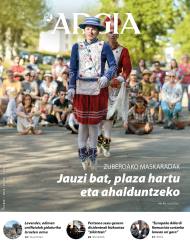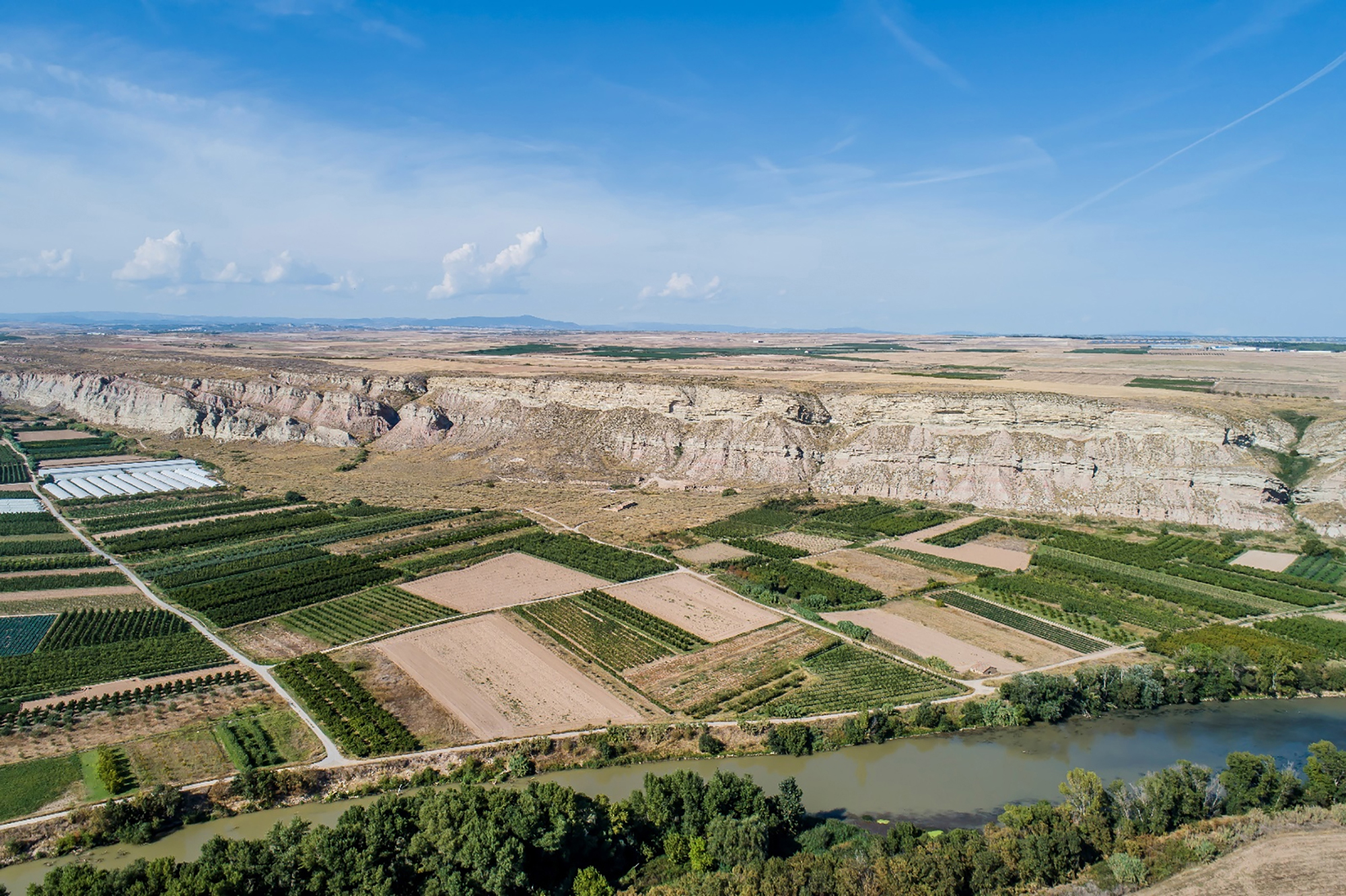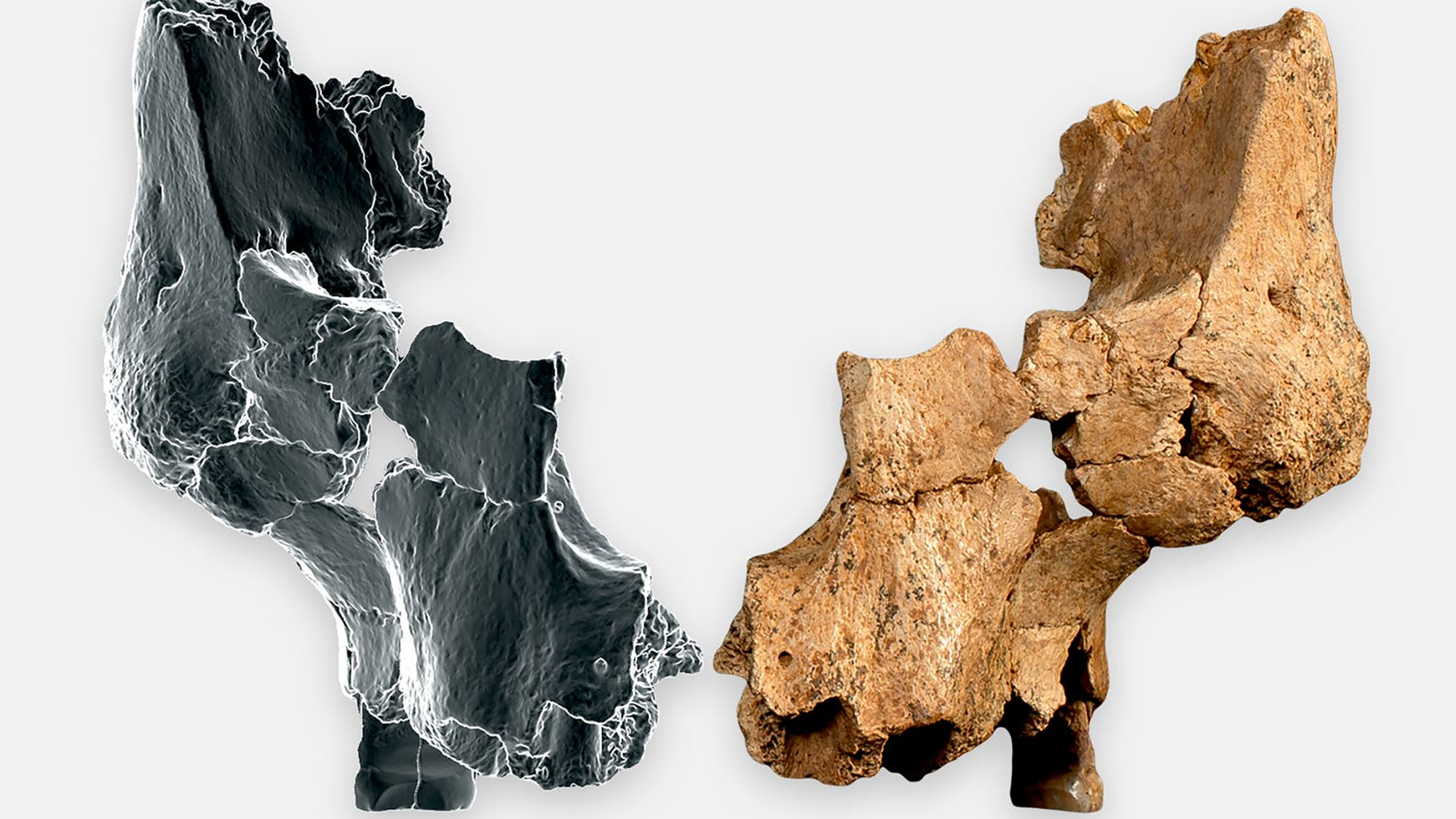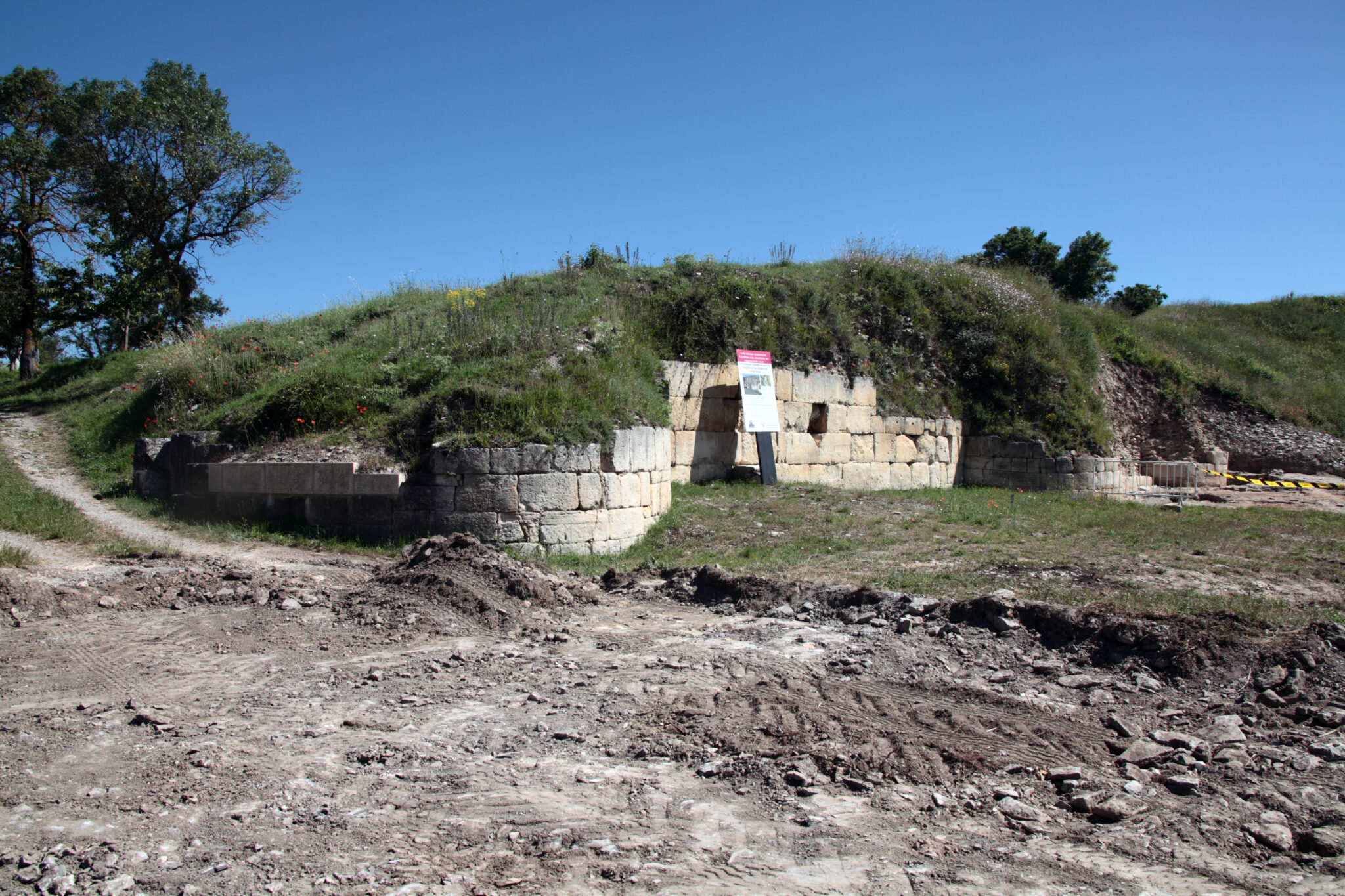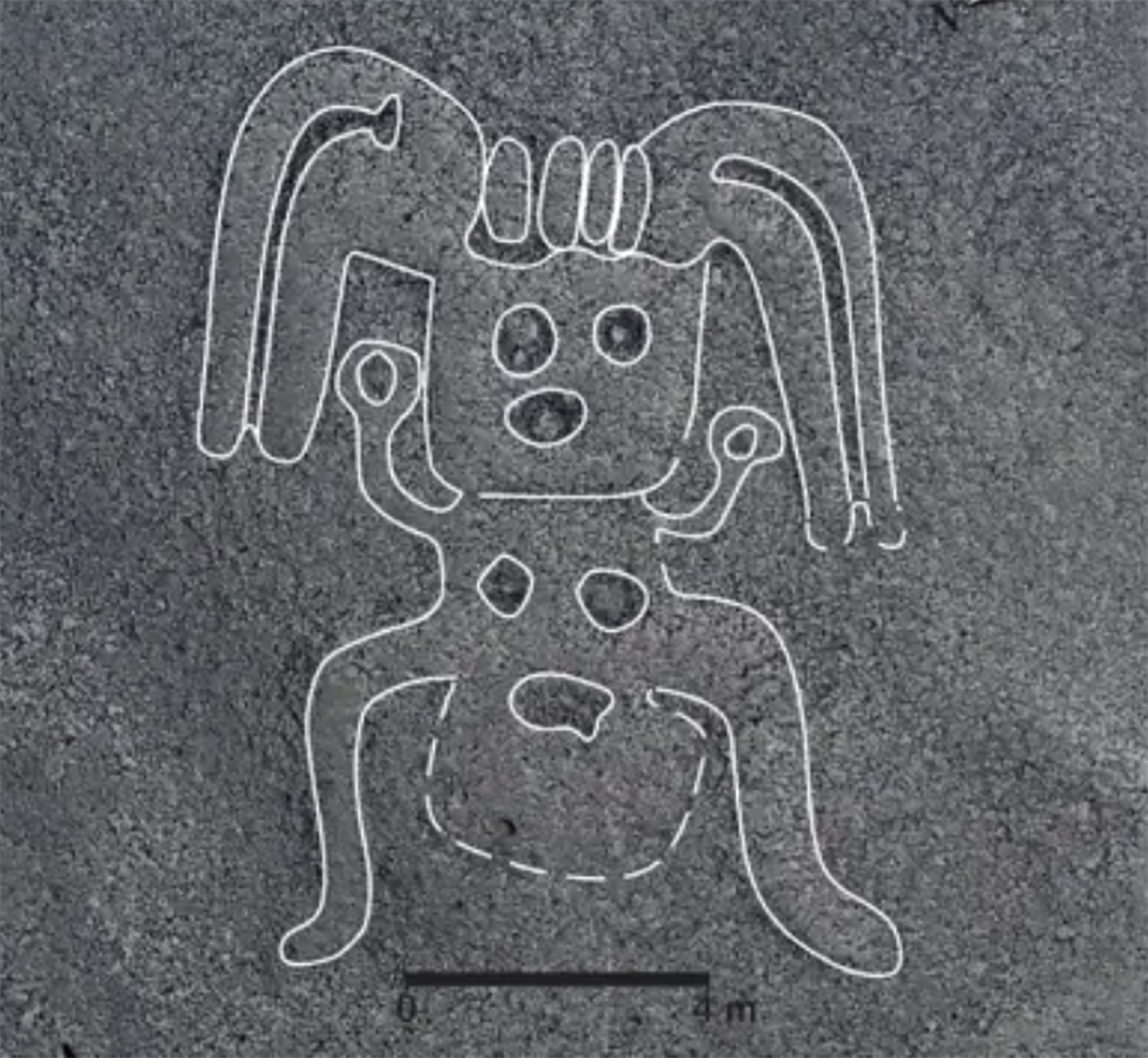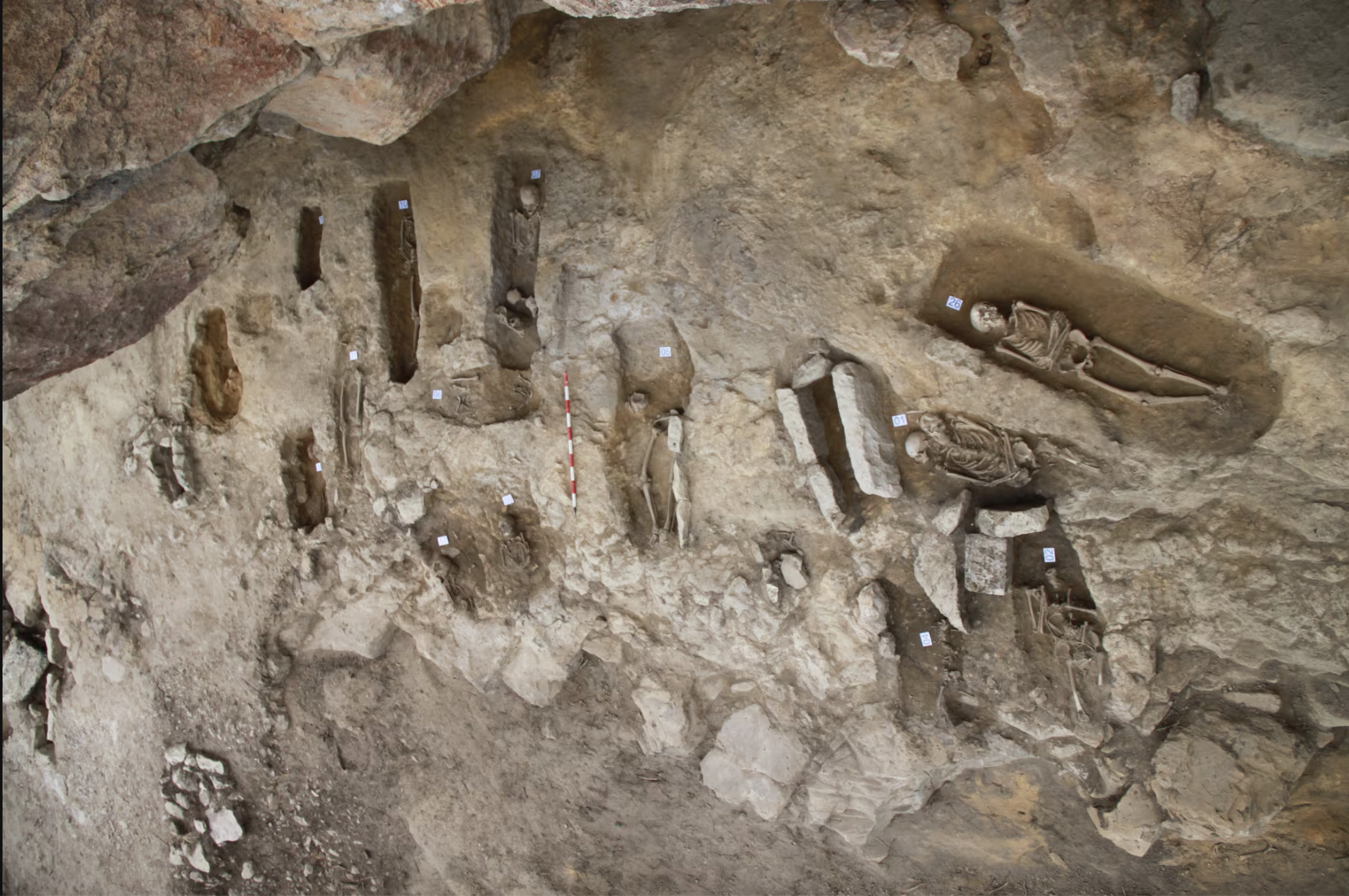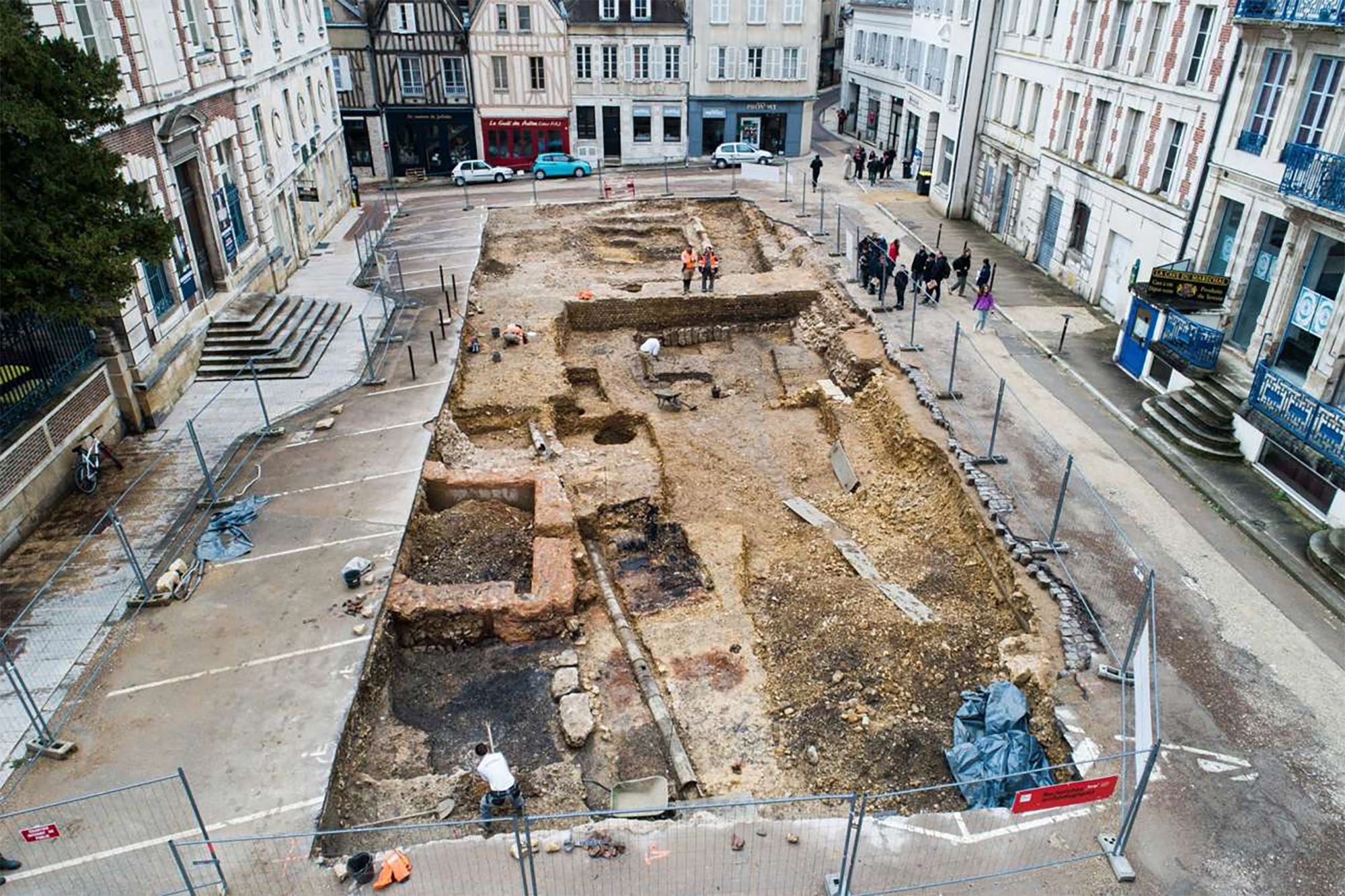Microplastics in the archaeological heritage
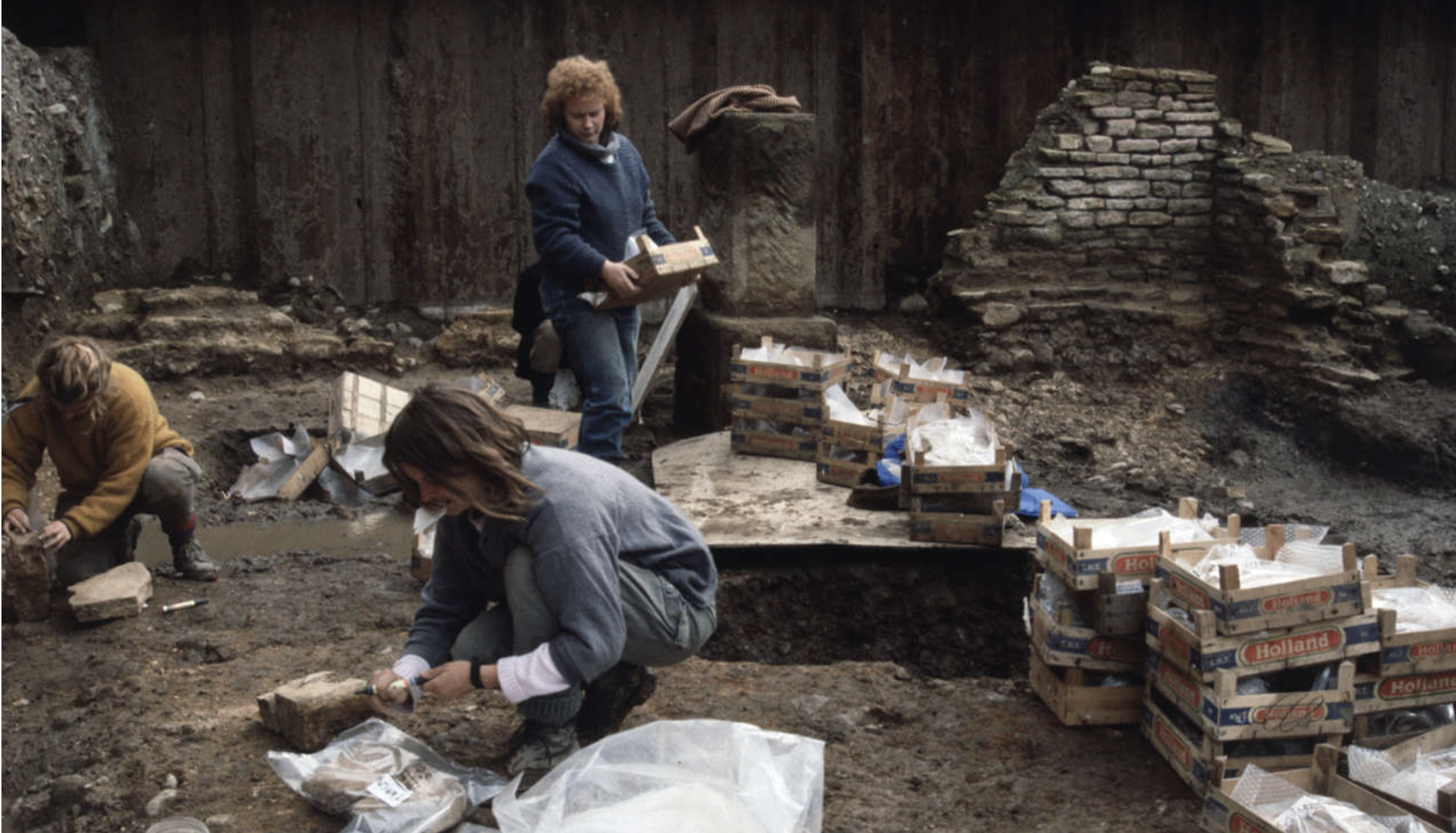
York, England, 2nd century. Various structures and houses were built in the Roman city of Eboracum. Among others, they built a stone building in the present Wellington Row and placed an arch in the wall that crossed the Queen’s Hotel. Both deposits were excavated in the second half of the 1980s, allowing soil samples up to seven meters deep collected almost four decades ago. Recently, York university experts have used these samples to compare them with the current ones and published in the journal Science of the Total Environment a worrying conclusion: in the new samples 16 types of microplastics that did not exist in the 1980s have been found.
The pilot research is the first to be carried out for the detection of microplastics in the archaeological heritage, but the finding of microplastics in the deposits of York seven meters deep indicates a similar situation in the other archaeological sites. According to archaeologist John Schofield, the deep arrival of these particles “jeopardizes the conservation of objects that are part of our historical heritage.”
In recent decades, archaeologists have chosen to maintain in situ many objects and structures of the deposits. Objects have been stored for hundreds or thousands of years in a given context, at a given temperature, surrounded by certain chemical elements.
Although the concrete impact of microplastics on the objects and structures of deposits remains to be analysed, David Jennings, in the words of the project manager, “microplastics have the ability to modify the chemical composition of soil and sediments, which can lead, for example, to the putrefaction of organic footprints.”
In recent decades, archaeologists have chosen to maintain in situ many objects and structures of the deposits. Objects have been stored for hundreds or thousands of years in a given context, at a certain temperature, surrounded by certain chemical elements… The abrupt modification of these conditions has determined that objects do not move because they damage heritage conservation. Remnants that are retained on site have also been affected by other problems prior to microplastics: other pollution, mass passenger cars, etc., and action has been taken against them. But stopping microplastics is another thing.
In Jennings’s words, “it is possible that from now on the protection of the archaeological heritage in situ will not be the best option and the criteria for protecting the heritage will have to be drastically changed.” Microplastics are also altering the archaeological heritage.
Aranzadi Zientzia Elkarteko Etnografia Sailaren zuzendari berria da Maite Errarte Zurutuza (Beasain, 1995), urrian Fermin Leizaolaren lekukoa hartu ondoren. Kultura materiala aztertzen jarraitzeko beharra azpimarratu du, gizartearen memoria eta bizimodu aldaketak erregistratzeko... [+]
Atapuercako aztarnategian hominido zahar baten aurpegi-hezur zatiak aurkitu dituzte. Homo affinis erectus bezala sailkatu dute giza-espezieen artean, eta gure arbasoek Afrikatik kanpora egindako lehen migrazioei buruzko teoriak irauli ditzake, adituen arabera.
Martxoaren 30erako Iruña-Veleia martxan, SOS Iruña-Veleia eta Euskeraren jatorria elkarteek manifestaziora deitu dute, Aski da! Argitu, ez suntsitu lelopean. Azken bi urteetan "hondeatzaileak sistematikoki eremu arkeologiko oso aberatsak suntsitzeko modu... [+]
Ethiopia, 24 November 1974. Lucy's skeleton was found in Hadar, one of the oldest traces of human ancestors. The Australian hominid of Australopithecus afarensis is between 3.2 and 3.5 million years old.
So they considered it the ancestor of species, the mother of all of us. In... [+]
While working at a site in the Roman era of Normandy, several archaeology students have recently made a curious discovery: inside a clay pot they found a small glass jar, of which women used to bring perfume in the 19th century.
And inside the jar was a little papelite with a... [+]
A team of researchers led by the Japanese archaeologist Masato Sakai of the University of Yamagata has discovered numerous geoglyphs in the Nazca Desert (Peru). In total, 303 geoglyphs have been found, almost twice as many geoglyphs as previously known. To do so, researchers... [+]
Treviño, 6th century. A group of hermits began living in the caves of Las Gobas and excavated new caves in the gorge of the Laño River, occupied since prehistory. In the next century, the community began to use one of the caves as a necropolis. In the 9th century they left the... [+]
On August 1, a dozen people from the family were in Aranguren. Two young people from Aranzadi made firsthand the excavations and works being carried out in Irulegi. This visit is highly recommended, as it reflects the dimension of the work they are doing.
Halfway, at the first... [+]
In the desert of Coahuila (Mexico), in the dunes of Bilbao, remains of a human skeleton have been found. After being studied by archaeologists, they conclude that they are between 95 and 1250 years old and that they are related to the culture of Candelaria.
The finding has been... [+]
The Roman city of Santakriz is an impressive archaeological site located in Eslava, near Sangüesa. Apparently, there was a fortified people of the Iron Age, and then the Romans settled in the same place. Juan Castrillo, himself a priest of Eslava, gave the site for the first... [+]
This winter the archaeologists of the INRAP (National Institute of Preventive Archaeological Research) have found a special necropolis in the historic centre of Auxerre (French State), a Roman cemetery for newborn babies or stillbirths. - Oh, good! The necropolis used between... [+]









